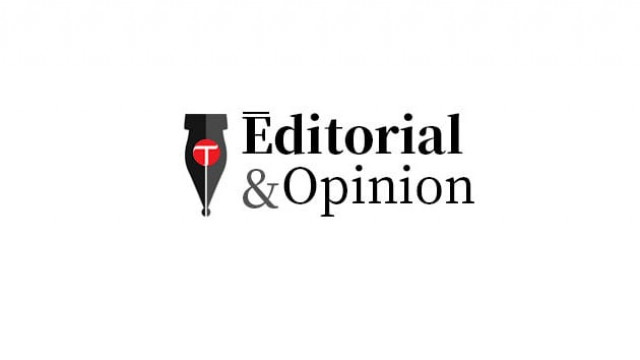Economy: in right direction?
The amnesty offered in the real estate sector also triggered an unusual construction activity across the country

Prime Minister Imran Khan must have been breathing easy – for the first time since coming to power some 34 months back. An estimated GDP growth rate of 3.94% in the ongoing fiscal year has provided the PM and his team the much-wanted respite on the economic front. The PTI economic polices came in for harsh criticism from the opposition and experts for dragging down the growth rate to minus 0.47% in its first two years in power from a sizeable 5.6% that its predecessor, the PML-N government, had left it with. However, against all expectations, the incumbent government not only managed to raise the GDP growth rate, a key indicator of economic progress, to nearly 4%, but is also confident of lifting it further to 4.8% in the coming fiscal year and to 6% in the year after – which is going to be the election year -- to make a perfect case of its re-election.
Low-base effect is sure one factor behind such a steep rise in the economic growth rate. But it is the PM’s insistence on avoiding Covid-related closures in the country – coupled with a several stimulus packages offered by the central bank – that kept the wheel of the economy moving even in the times of the raging pandemic. No wonder, a significant growth was registered in the large-scale manufacturing sector as well as the wholesale and retail trade. The amnesty offered in the real estate sector also triggered an unusual construction activity across the country and thus effected record sales of cement, steel and other building materials as well as finishing goods. On top of that, “bumper” crops of wheat, rice, maze and sugar cane have been reported, lifting the growth numbers to a showcase level.
The government thus insists that the economy is now heading in the right direction. While some analysts do agree with the government, the fact is that apart from the GDP growth rate, current account is the only macroeconomic indicator that offers something to write home about – even though the current account too has been managed through import compression rather than a raise in exports, something that caused a loss of government revenue, only to be compensated through additional taxation. Of late though, a widening trade gap – of about 29.5% or $6.2 billion in the first 11 months of the ongoing fiscal year – is taking a toll on the current account balance, which is expected to remain in a deficit of $4 billion to $6 billion by the end of June. Imagine what would have been the current account situation, if it had not been for an unprecedented growth in remittances – of about 29% or roughly $5 billion during the first 10 months of the ongoing fiscal year. Besides that, FDI has fallen by 35% in the first three quarters this fiscal. And the total public debt has crossed the critical debt-to-GDP level. The government is also clueless on how to tackle the galloping circular debt and the SOEs losses.
However, what poses the government its biggest challenge is the rising rate of inflation – something that has a make-or-break potential regarding election matters. First and foremost, the government must focus on the factors that are causing price hike, like high power and gas tariffs, costlier petroleum products, and the expanded rate and base of GST. The government must also keep a close eye on the demand-supply position and improve upon its market surveillance mechanism. A common man has just one yardstick to gauge a government’s performance: his kitchen bill.
Published in The Express Tribune, June 5th, 2021.
Like Opinion & Editorial on Facebook, follow @ETOpEd on Twitter to receive all updates on all our daily pieces.














COMMENTS
Comments are moderated and generally will be posted if they are on-topic and not abusive.
For more information, please see our Comments FAQ